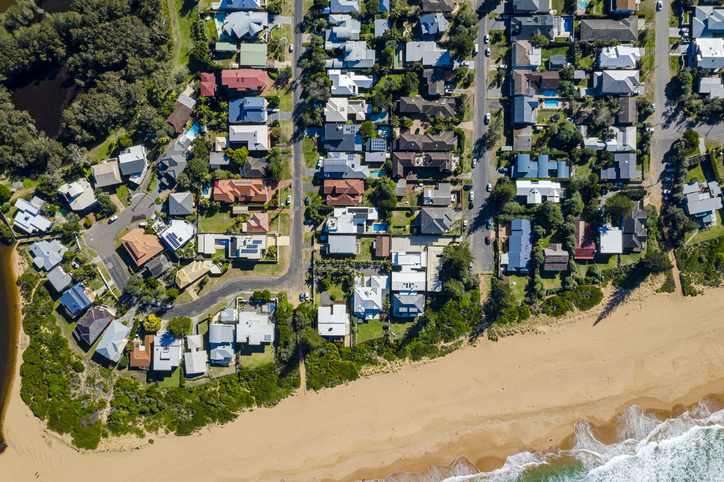A cloud-based technology that helps local governments understand their municipalities and improve urban planning is now available to councils across Australia after being redeveloped by Melbourne City Council.

City of Melbourne says the CLUE for Local Government platform collects data that can be used to enhance stakeholder engagement, improve land use and infrastructure planning and develop advanced analytics models to understand city functions.
Christabel McCarthy, Senior Research Advisor for the City of Melbourne, says Council redeveloped the Census of Land Use and Employment (CLUE) technology in response to demand from other councils.
“It’s a cloud-based software system that allows councils to collect their own CLUE data rather than having to set up their own on-premise system,” she told Government News.
Ms McCarthy will speak about the platform at the Locate geospatial conference in April in Brisbane.
The City worked with geographic information specialists Geoplex and neighbouring inner Melbourne councils to build the platform with funding from the Australian Government’s Smart Cities and Suburbs Program.
Improving waste and resource recovery strategies
The City was able to use its data to inform its waste and resource recovery strategies by gaining insights into how much commercial waste was being generated within the municipality.
“Because we don’t collect commercial waste ourselves…we didn’t really know how much commercial waste was being generated, so we couldn’t create any targets around that,” Ms McCarthy said.
The CLUE data enabled Council to survey businesses within the municipality to create a representative sample of the amount of waste generated.
“Because we have the full dataset of all the businesses in the city, we could then use that to model how much commercial waste was created across the municipality,” Ms McCarthy said.
“From that, we can work out which sectors are generating most waste and what the opportunities are to target changes in that space.”
Informing decision making
The platform is currently available to local government around Australia, allowing councils to collect, report on and compare their own CLUE data. It has a mobile data collection app and interactive reporting dashboards.
“It’s all about informing decision making, particularly in the space of planning and policy decisions. One of the key uses is around urban planning and economic development planning,” Ms McCarthy said.
The starting point of the collection is data drawn from a council’s property cadaster, which provides a baseline for understanding what’s in a city.
Further data is collected through face-to-face interactions, with a team of surveyors visiting properties and conducting a census of businesses.
Time features on the platform enable future planning which allows councils to forecast forward.
“There’s lots of different opportunities to use this data across so many programs and policy areas,” Ms McCarthy said.
“It really opens up a lot of opportunity when you have this really rich information about how all the property is being used and what businesses are operating in your city.”
Councils without CLUE data have to on other sources, such as the Australian Bureau of Statistics which tends to supply aggregated data.
“With CLUE, we’re getting the detail on a property-by-property basis, which means that we can cut and slice the data as it’s needed.”
Councils often put a lot of resources into doing one-off research or analysis, such as conducting a study to collect data about a shopping strip, where they pay a consultant to collect the data.
This can be costly and inefficient, Ms McCarthy says.
“If councils have good baseline data that can feed into those processes, it actually would cut consulting costs over time.”





Leave a Reply